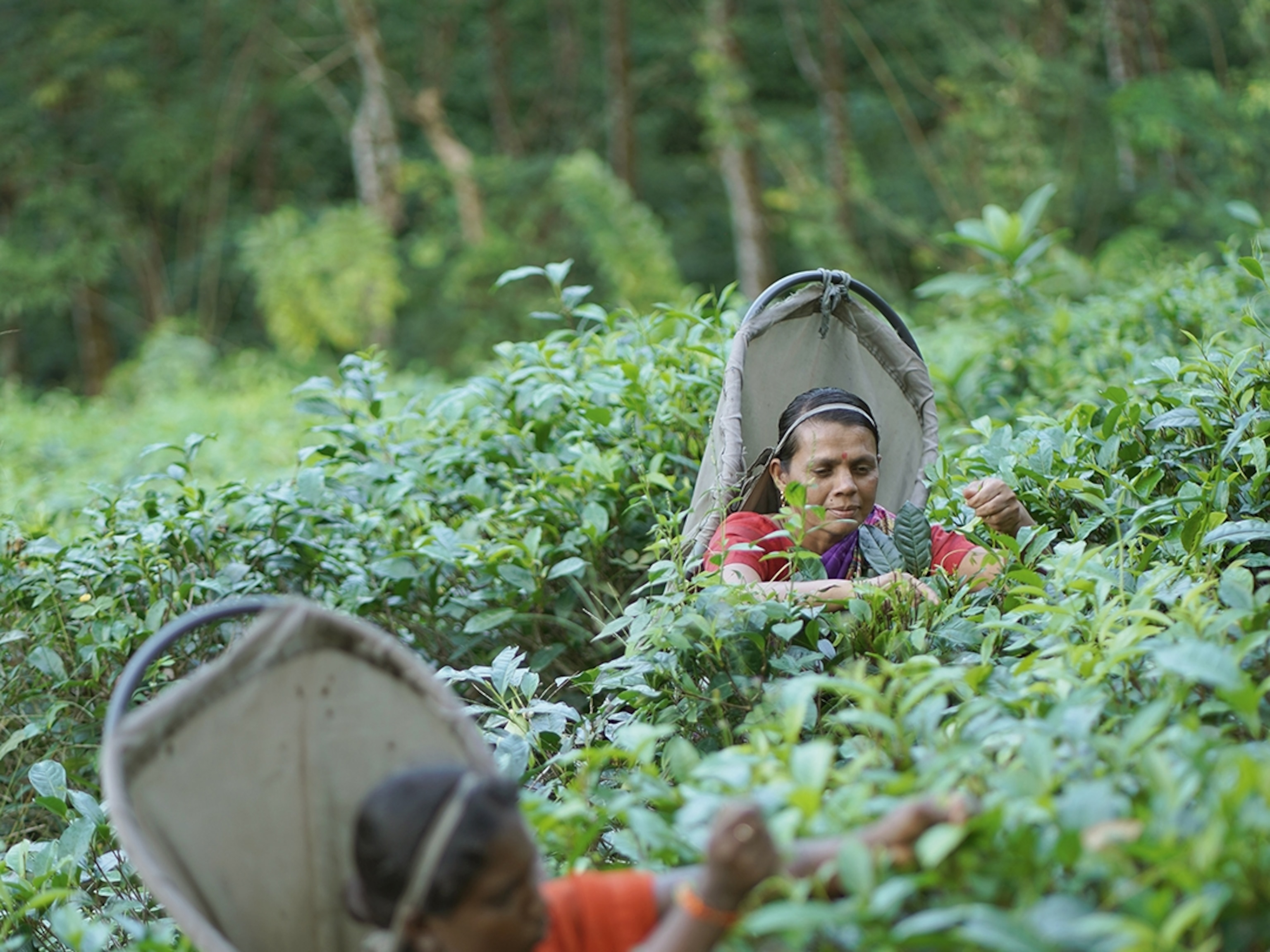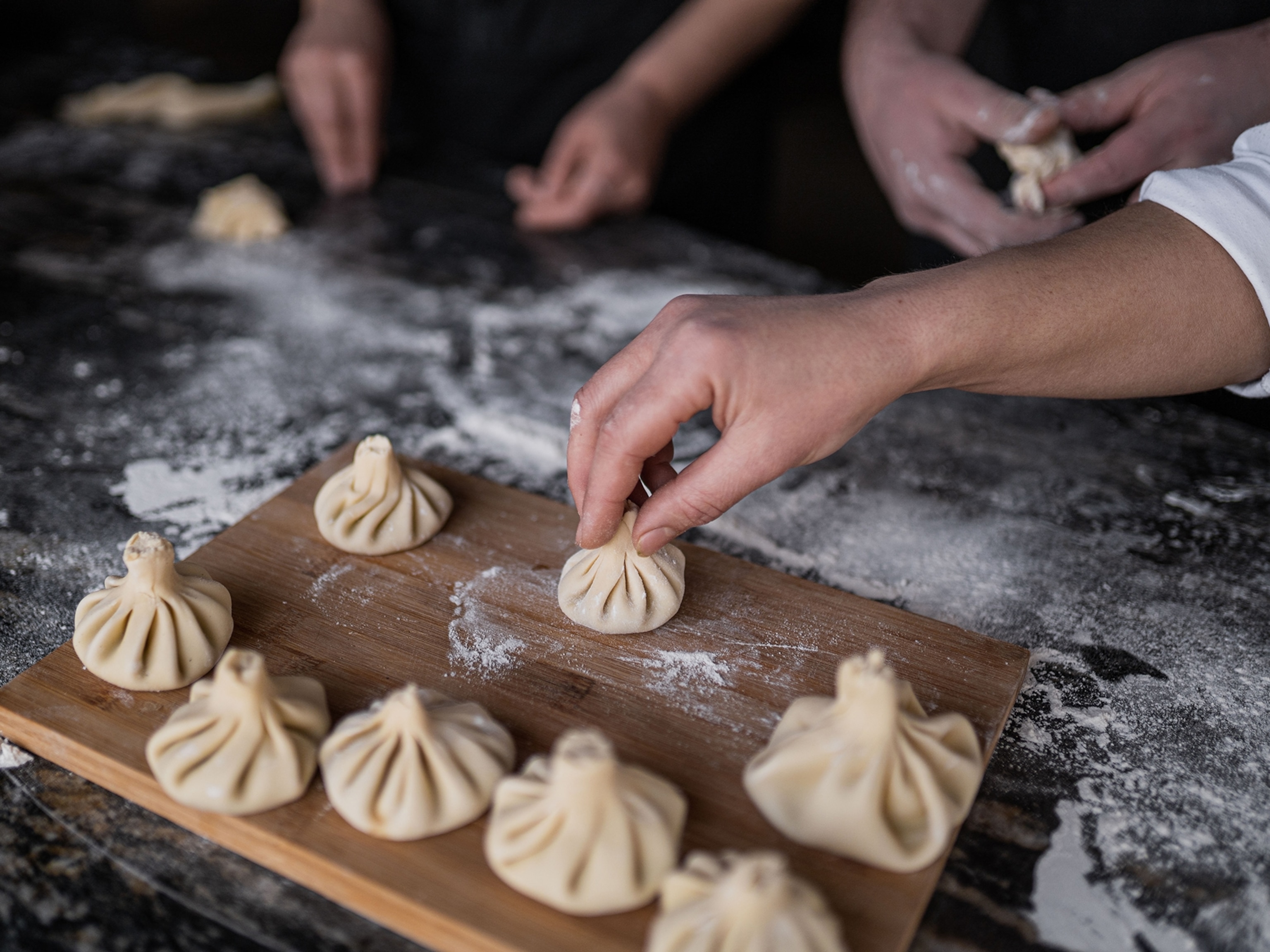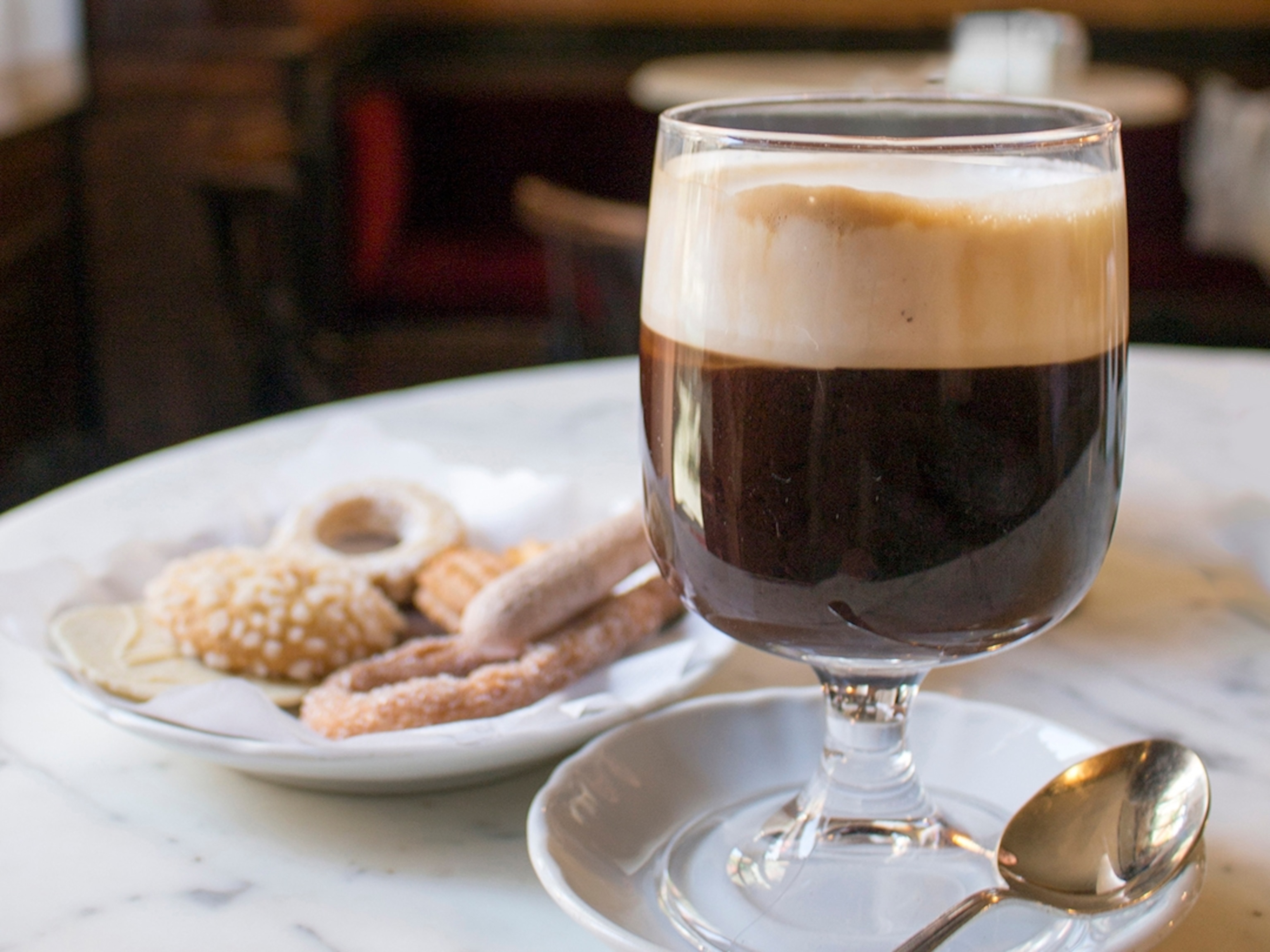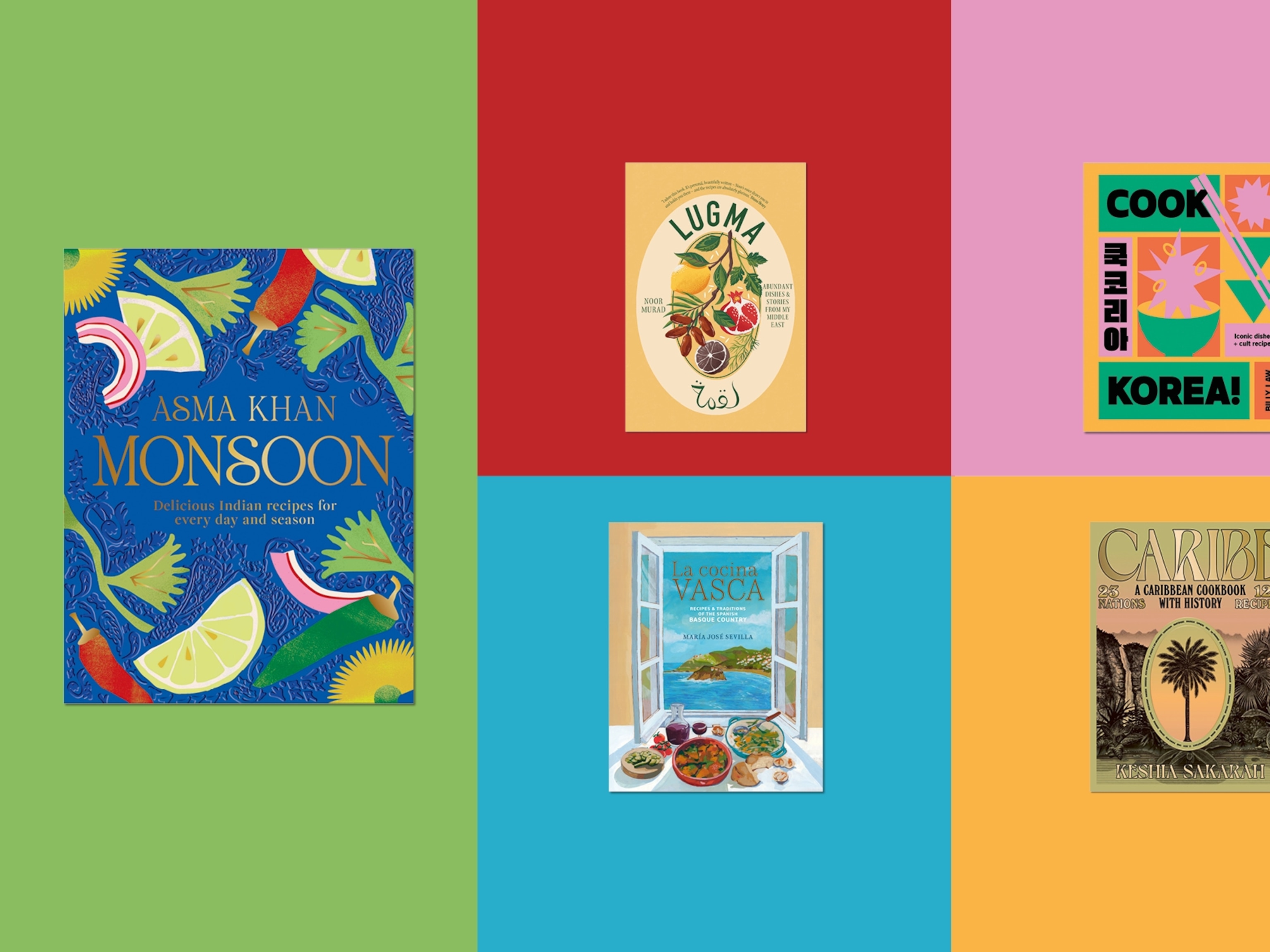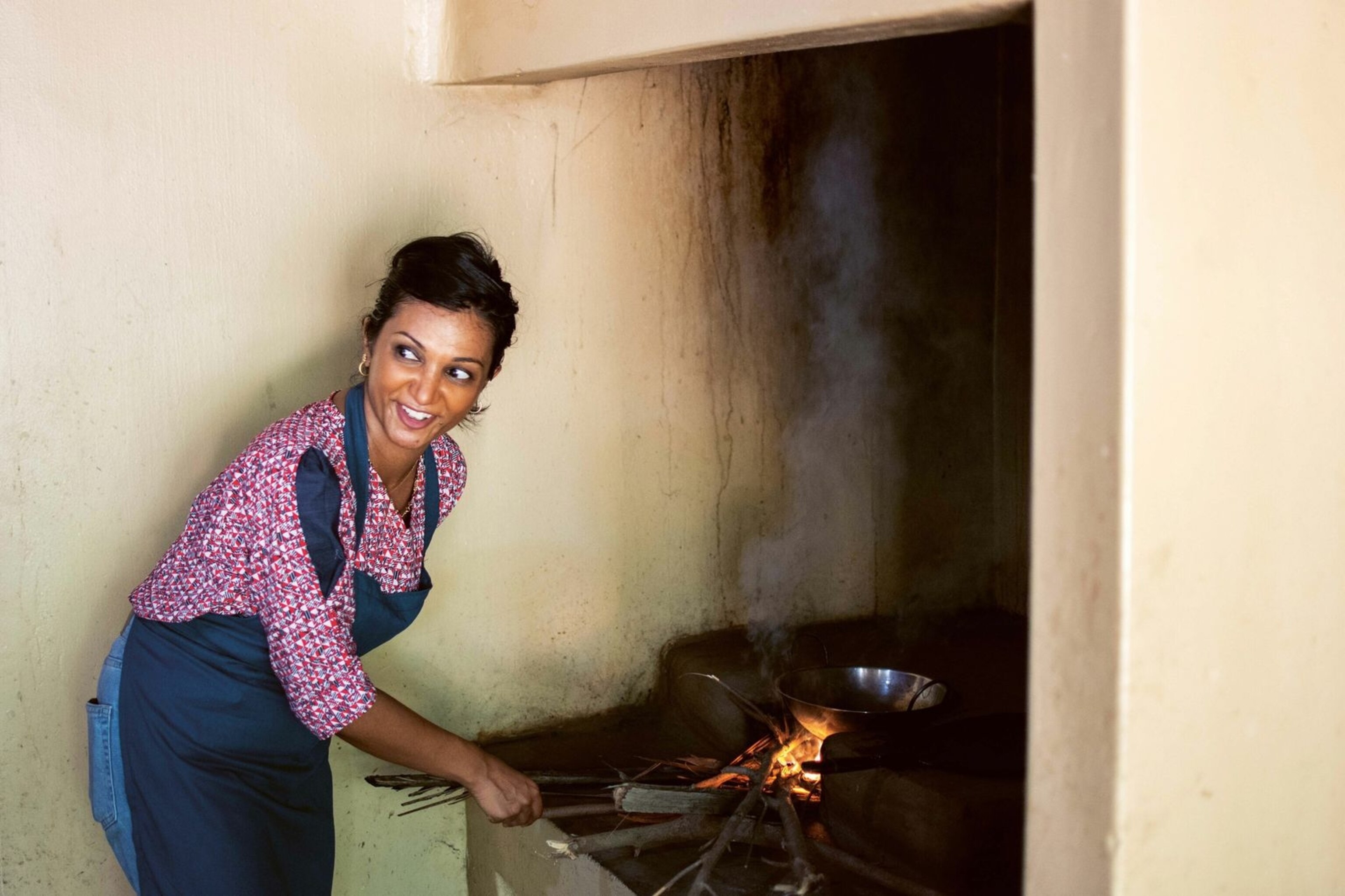
Chef Cynthia Shanmugalingam on Sri Lanka's must-try dishes
Fresh veg, flavoursome curries and an array of breads and pancakes are all on the menu.
At the top of Point Pedro market, a few miles from my parents’ house at the northern tip of Sri Lanka, you’ll find a storey of fruit and vegetable sellers. In the airy building, some feet away from the black and gold sand, you can still hear the Arabian Sea. Beside the fish market and above the rice guy, the fruit and veg sellers sit cross-legged. Each has a slightly different specialism and price, but they’re all surrounded by beautiful piles of produce.
When you walk past the okra guy, he says, “Yes! Okra?” in Tamil, as if you’d asked a question. If you glance at him in response, he starts snapping off the ends of the plant with a smile on his face. Breaking it in this way demonstrates how fresh it is — it shouldn’t be soggy, but have a taut body and snap clean.
A Sri Lankan table should feature lots of vegetables — perhaps a dhal with kale, or a plantain curry — but it might also include crispy hopper pancakes, made of fermented rice flour and coconut milk, and fresh sambols with green mango, raw carrots or green chillies.
There might be hot red curries of roast aubergine, or braised breadfruit cooked in coconut milk and smoky spices. There could be black curries, like pineapple or pork, cooked with toasted coconut, sugar and vinegar. There might be pillowy, crisp rotis; flaky, folded parathas (flatbreads); fragrant coconut rice porridges and epic sharing dishes, like chicken biryani or lamprais (rice, meat curry and vegetables wrapped in banana leaves and baked).
Spicy, fried things to eat are popular with a beer or some tea — perhaps fried vadai doughnuts studded with shrimp, cumin, shallots and green chillies, or a mutton roll with a dollop of hot sauce. Or maybe the island’s famous fish dishes, such as turmeric fish curry, tamarind prawns or, most revered of all, crab curry. And to wash it all down, you’ll definitely need a cool drink or two.
This is an edited extract from Rambutan, by Cynthia Shanmugalingam, published by Bloomsbury, £26.

Three must-try dishes
Coconut dhal
Dhal is a real Sri Lankan classic, and this version — cooked with lemongrass and pandan leaves, as well as coconut milk, curry leaves, turmeric, garlic and lime — is light and restorative.
Pol sambol
Sambols appear as condiments and side dishes on every table and deliver a hit of flavour. This is king among them, combining the sweetness of coconut, the heat of Kashmiri chillies and the zing of curry leaves and limes with the punch of Maldive fish.
Jaffna crab curry
Cook crabmeat in a spicy, smoky curry sauce with coconut milk, curry leaves, fried onions and ginger. In the final seconds, add a generous amount of ‘meat powder’ — a spice mix heavy on fennel, cardamom and nutmeg.
The ingredient
The foundation of most savoury Sri Lankan dishes, fresh curry leaves are zesty and fragrant; they contain a cinnamony compound and taste herby, like basil.
Published in the September 2022 issue of National Geographic Traveller (UK)
Follow us on social media
Twitter | Facebook | Instagram

